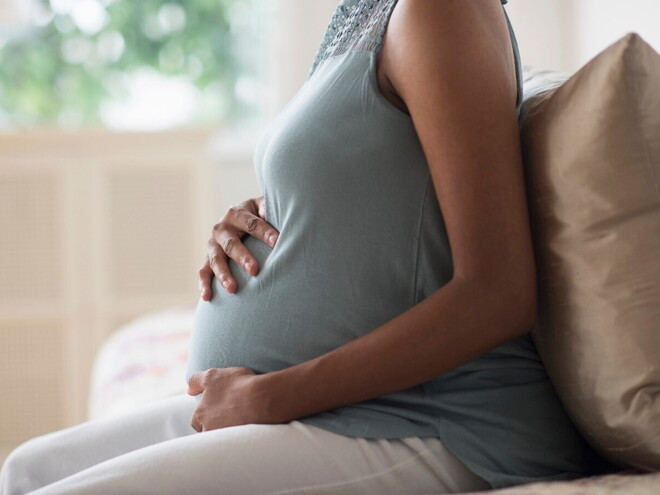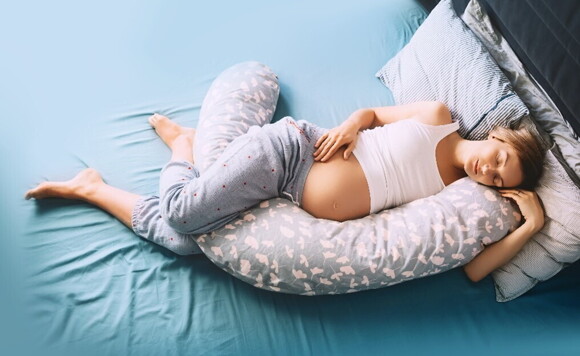
Understanding Pregnancy Pains and discomfort
As your body changes, pregnancy pains and discomfort can occur, especially in your back, legs and feet. The good news is, there are ways to ease your pregnancy aches and pains. We’ve put together a handy list of coping strategies for you.
Pregnancy is an incredible journey, but it often comes with various aches and discomforts that can affect your day-to-day life. Pregnancy pains are a common part of this transformative time, as your body undergoes significant changes to support the growing life inside you.
These pains can vary in intensity and location, ranging from mild backaches to more pronounced discomfort in areas like your hips, pelvis, or abdomen. They’re typically caused by hormonal shifts, increased pressure on your muscles and joints, and the extra weight that comes with nurturing a baby.
As your pregnancy progresses, these pains may become more noticeable, and it’s normal to feel a mix of emotions.
In Baby&Me, we will help you understand the reasons behind pregnancy pains. By learning what’s happening within your body, you can gain insight into how best to support it during each stage.
What Are Pregnancy Pains?
Pregnancy pains are the various physical discomforts that many women experience as their bodies adjust to the demands of carrying a growing baby.
These pains are a natural part of pregnancy, though they can vary widely in type, intensity, and timing. Some of the most common pregnancy pains include backaches, pelvic pressure, abdominal cramps, and ligament pain.
As your pregnancy progresses, the added weight and shifting center of gravity can strain your muscles, joints, and ligaments, leading to aches in areas like the lower back, hips, and even legs.
Hormonal changes also play a major role in pregnancy pains. For instance, the hormone relaxin helps to loosen ligaments and joints to prepare for childbirth, which can make you more prone to joint pain or instability.
In addition, as your uterus expands to accommodate your growing baby, it can press on nearby nerves and organs, causing sensations of cramping or pressure.
While some of these pains are simply a sign that your body is preparing for labor and delivery, understanding them can help you recognize what's typical and when it might be necessary to seek advice.
Types of Pregnancy Pains and Their Causes
During pregnancy, your body goes through numerous changes that can lead to different types of discomfort. Here are some common types of pregnancy pains, along with their specific causes:
Back Pain
Back pain is one of the most common discomforts during pregnancy, often intensifying as you progress. It’s primarily caused by the extra weight your body carries, which adds strain to your lower back muscles.
The shift in your center of gravity as your belly grows also alters your posture, putting added pressure on the spine.
Additionally, hormonal changes cause ligaments in the pelvic area to relax, which can lead to instability and back pain.
Pelvic Pain
Pelvic pain is another frequent discomfort, often described as a heaviness or pressure in the pelvic area. This pain is typically caused by the weight of the baby pressing down on the pelvis, combined with the widening and loosening of pelvic joints in preparation for birth.
Round Ligament Pain
As your uterus grows, the round ligaments that support it stretch and expand, which can lead to sudden, sharp pains in the lower abdomen or hip area. This pain, known as round ligament pain, is common in the second trimester.
Movements such as standing up quickly, sneezing, or coughing can trigger this pain as the ligaments are stretched abruptly.
Abdominal Cramps
Mild abdominal cramps or twinges can occur as your uterus expands and presses against surrounding organs. This pain is generally harmless and often feels similar to menstrual cramps.
However, as pregnancy progresses, the baby’s movements can also cause brief discomfort. In the third trimester, Braxton Hicks contractions (false labor contractions) may cause intermittent abdominal tightening, preparing the body for labor.
Leg Cramps
Leg cramps, particularly at night, are common in the later stages of pregnancy. These are frequently caused by the extra weight you’re carrying, which can put pressure on your legs and restrict blood flow.
Changes in blood circulation and possible deficiencies in minerals such as calcium and magnesium can contribute to painful cramps or spasms in the calves or feet.
Headaches
Headaches during pregnancy may result from hormonal changes, increased blood volume, or even stress. Early pregnancy headaches are regularly linked to a surge in hormones, while dehydration, low blood sugar, or sleep disturbances can contribute to tension headaches.
While headaches are usually harmless, severe or persistent ones should be monitored, as they can indicate other issues.
Sciatica
Sciatic nerve pain can occur when the growing uterus and baby put pressure on the sciatic nerve, which runs from the lower back through the hips and down each leg.
This pressure can lead to sharp, shooting pain, tingling, or numbness in the lower back, buttocks, or legs. Sciatica is more common in later stages of pregnancy as the baby’s weight increases.

Red Flags in Pregnancy Pains
While many pregnancy pains are normal, some can indicate underlying issues that require medical attention. Here are red flags to watch for:
- Severe Abdominal Pain: Persistent or intense pain in the abdomen could indicate issues like preeclampsia, placenta complications, or other conditions.
- Sudden Sharp Pelvic Pain: Intense, sudden pelvic pain, especially in the first trimester, may suggest an ectopic pregnancy or miscarriage.
- Heavy Bleeding with Pain: Bleeding, especially with cramps or back pain, could indicate miscarriage or placental problems, particularly in the second or third trimester.
- Severe Headaches: Headaches that don’t subside, especially with visual changes or swelling, may signal preeclampsia.
- Chest Pain or Shortness of Breath: Unusual chest pain or difficulty breathing might indicate blood clots or other cardiovascular concerns.
- Severe Swelling in Hands or Face: Excessive swelling may be a symptom of preeclampsia, particularly when accompanied by other symptoms.
- Pain with Fever or Chills: These symptoms could indicate an infection, which might need prompt treatment.
- Persistent Leg Pain or Swelling in One Leg: This could suggest a blood clot, especially if accompanied by warmth or redness.
If you experience any of these symptoms, reach out to a healthcare provider for advice and evaluation.




















